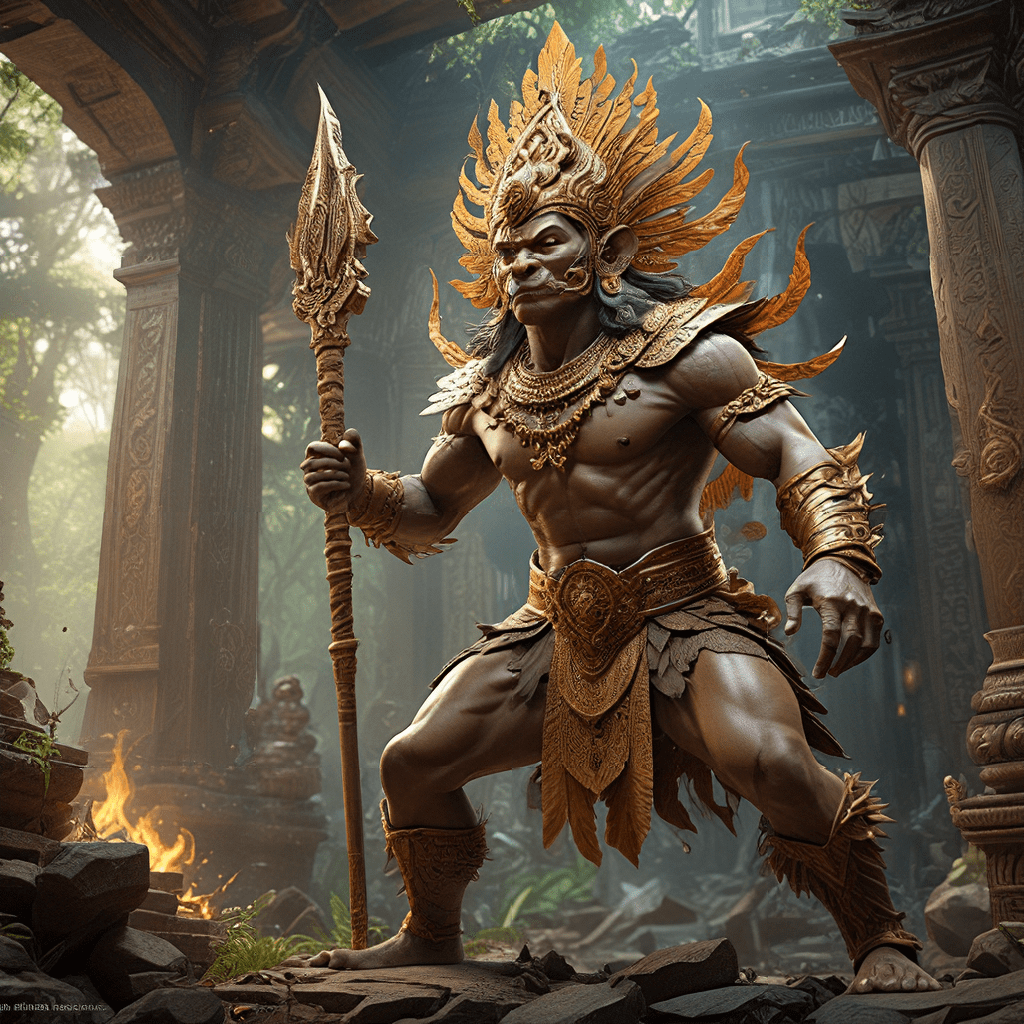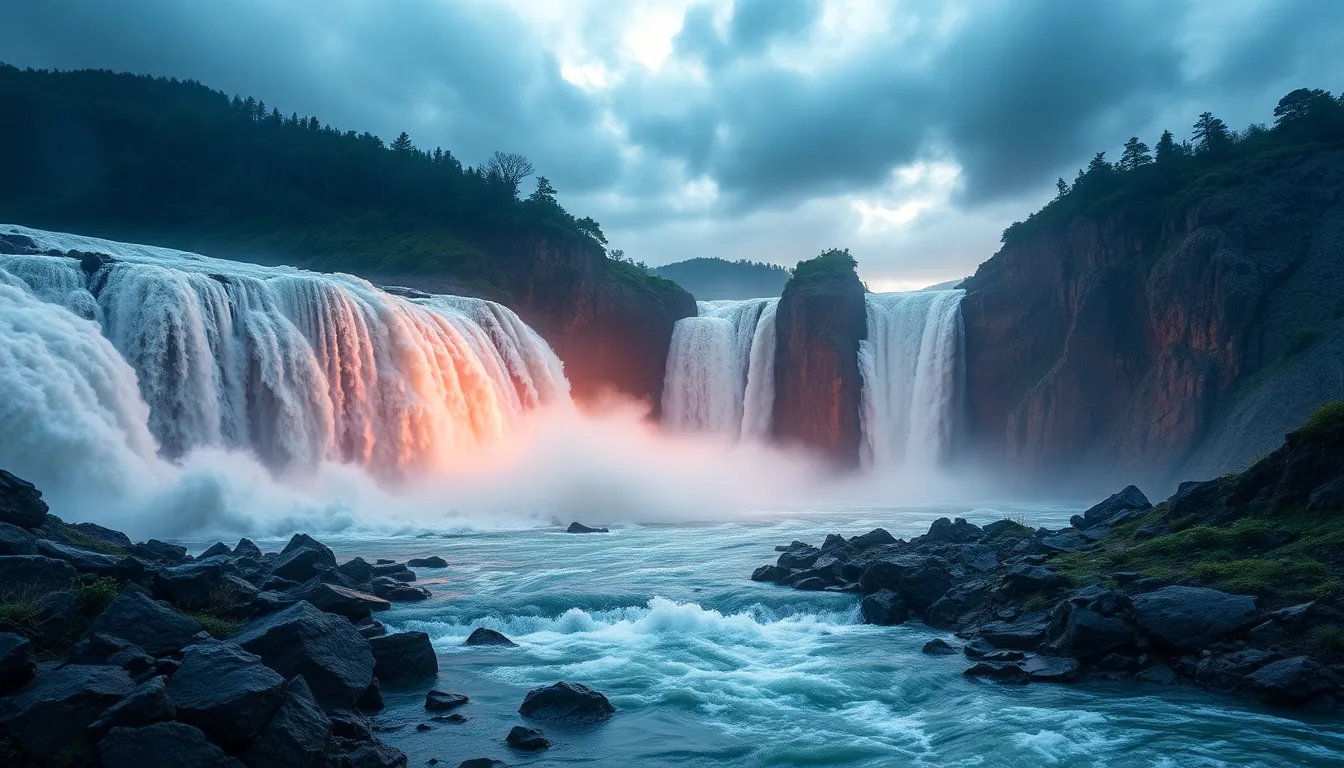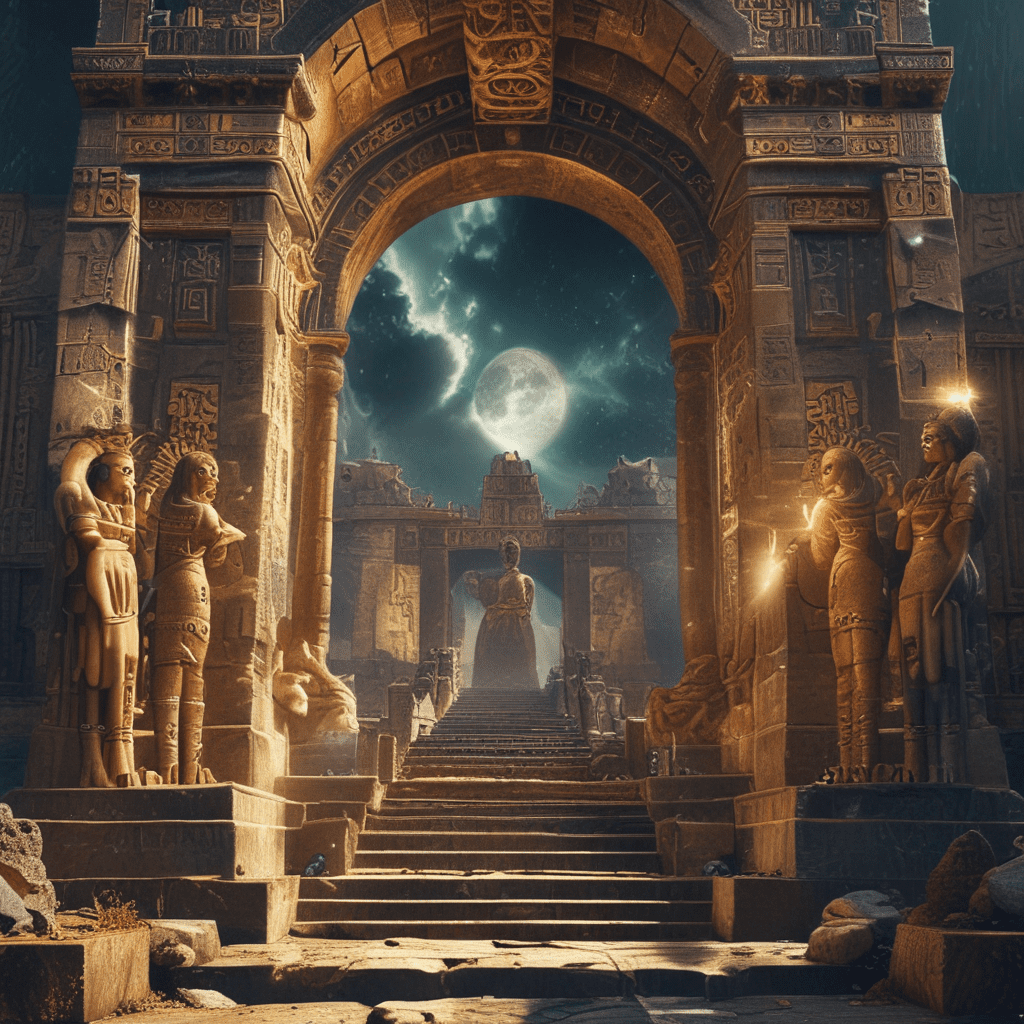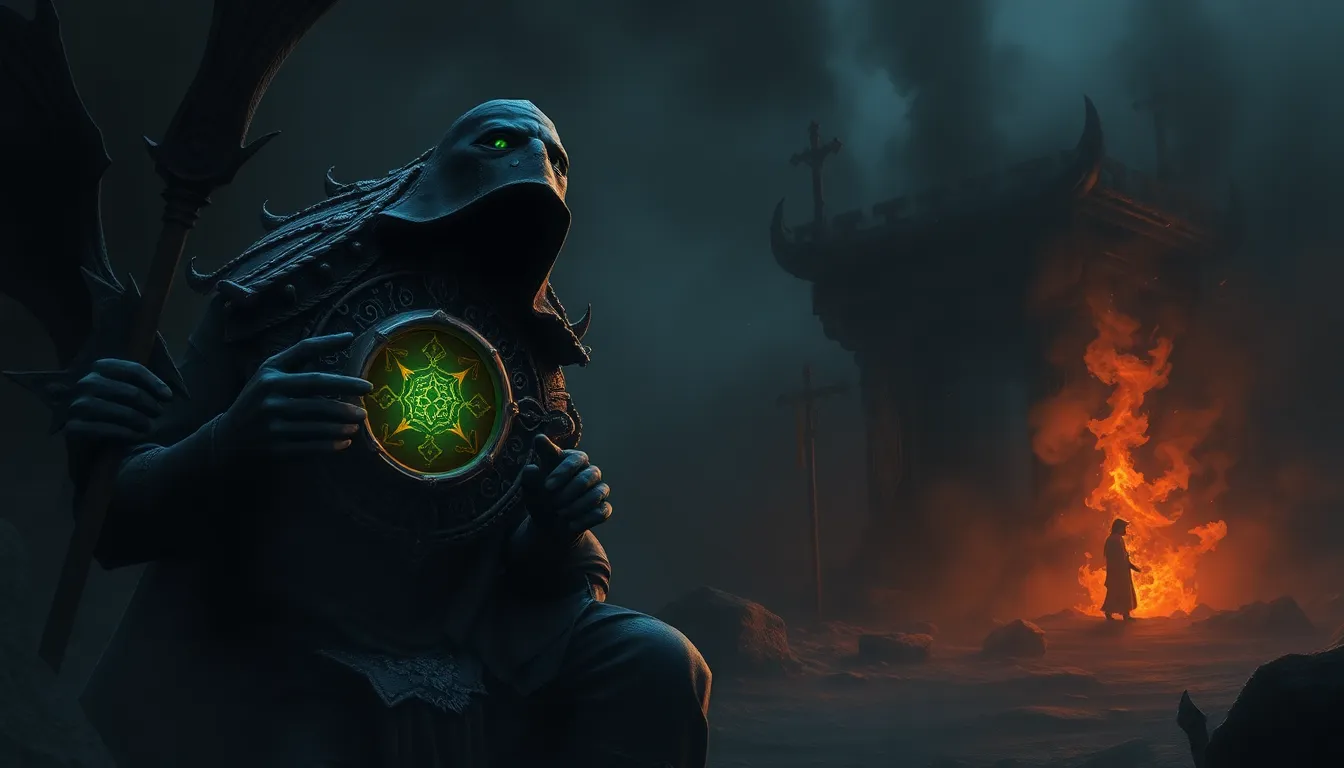Indonesian Mythology: A Tapestry of Creation and Destruction
Indonesia, a nation of thousands of islands, boasts an incredibly rich and varied culture. At the heart of this culture lies a vibrant tapestry of myths and legends, stories passed down through generations that offer insights into the Indonesian worldview. These stories, often rooted in nature and infused with spiritual beliefs, illuminate the Indonesian understanding of creation, destruction, and the human condition. They speak of powerful gods and goddesses, mythical creatures, and the interconnectedness of all things.
The Divine Origins: The Cosmic Egg and the Birth of the World
Many Indonesian creation myths tell the story of the universe's birth from a cosmic egg. This egg, often referred to as "Kala," represents the potential for creation and contains within it the seeds of all that exists. One popular version of this myth centers on the god Batara Guru, who, in some stories, is said to have cracked the egg, releasing the universe into existence. The egg's yolk transformed into the earth, its white became the sky, and the shell scattered into the stars. In other versions, the egg hatches, revealing the first divine beings who then set about shaping the world.
The Role of Gods and Goddesses: Shaping the Landscape and Humanity
These divine beings are often credited with shaping the landscape of Indonesia. The mythical figures of the gods and goddesses play a crucial role in shaping the natural world, from majestic mountains to flowing rivers. In many stories, their interactions with mortals lead to the creation of iconic landmarks, natural wonders, and cultural practices. These divine figures, often embody the forces of nature, representing elements like fire, water, and air. Their actions and interactions help explain the intricacies and mysteries of the world around them.
The Power of Mythological Beings: From Dragons to Spirits
Beyond the gods and goddesses, Indonesian mythology is replete with a myriad of other supernatural beings, both benevolent and malevolent. From awe-inspiring dragons to mischievous spirits, these creatures inhabit the natural world and often interact with humans. Dragons, often associated with powerful forces, feature prominently in many stories. Naga, a type of water dragon, is believed to guard the earth's treasures and is often depicted as a symbol of wisdom and abundance. The spirits, known as "hantu" or "setan," are often associated with specific locations, like forests or rivers, and can be either helpful or harmful, depending on their temperament and the intentions of those who interact with them.
The Importance of Ancestors: Linking the Past to the Present
Ancestors play a significant role in Indonesian mythology. They are believed to be connected to the living, and their spirits are often invoked for guidance and protection. Many families have traditions and rituals that honor their ancestors, recognizing their importance in the family lineage. Ancestors are seen as intermediaries between the mortal world and the spiritual realm, offering wisdom and guidance to their descendants. This belief in the power of ancestors shapes the way Indonesians understand their history, lineage, and place within the world.
The Cycle of Creation and Destruction: A Constant Theme in Indonesian Mythology
A recurring theme in Indonesian mythology is the cyclical nature of existence, often expressed through the concept of creation and destruction. The universe, according to these myths, is not static, but rather constantly evolving, moving through cycles of birth, death, and rebirth. This concept manifests in many stories, where the world faces destruction, often at the hands of powerful forces, only to be reborn anew. This cyclical nature of life reflects the Indonesian understanding of change and transformation, a constant process that shapes the world and its inhabitants.
The Legend of Batara Guru: The Supreme God and His Role in Creation
In many Indonesian myths, Batara Guru reigns supreme. He is often depicted as the king of the gods, a powerful figure who oversees the universe and its inhabitants. His role in creation is often central to these stories. In one version, Batara Guru, like a celestial sculptor, shapes the earth and its features, creating mountains, valleys, and rivers. He is also credited with bringing life to the world, creating the first humans and animals. In other myths, Batara Guru is responsible for establishing order and justice in the universe, with his actions often reflecting the values and beliefs of the people who tell his stories. His battles with evil forces and his wisdom in guiding humanity are often highlighted in these myths.
The Story of Sang Hyang Widhi: The Creator God in Balinese Mythology
In Balinese mythology, Sang Hyang Widhi is the supreme deity, the ultimate source of creation. He is often referred to as the "One God," representing the universe's oneness and interconnectedness. Sang Hyang Widhi is not a physical being, but rather an all-encompassing power that manifests through various forms. In Balinese belief, he is both the creator and sustainer of life, and his presence is recognized in every aspect of the natural world. Sang Hyang Widhi is seen as a benevolent force, guiding humanity toward righteousness and harmony. His teachings, often conveyed through the stories of his divine messengers, emphasize the importance of compassion, respect for nature, and the pursuit of spiritual enlightenment.
The Concept of Karma and Reincarnation: Explanations of Life, Death, and Beyond
The principle of karma and reincarnation is deeply ingrained in Indonesian mythology. It offers a framework for understanding the complexities of life, death, and the cycle of existence. Karma, the concept of cause and effect, suggests that our actions have consequences, both in this life and in future lives. Reincarnation, on the other hand, posits that the soul is not destroyed at death but rather transmigrates into a new body, continuing its journey of learning and growth. This cycle of life, death, and rebirth is seen as a natural process, a path towards spiritual evolution. These beliefs inform the way Indonesians view suffering and happiness, recognizing that both are transient experiences that are ultimately tied to actions and intentions.
The Influence of Indonesian Mythology on Culture and Society
Indonesian mythology is not simply a collection of stories; it is a living tradition that shapes the cultural identity of the people. These myths have permeated art, literature, music, and even daily life, influencing customs, rituals, and social values. For example, the stories of gods and goddesses are often reflected in traditional dances, puppet shows, and theatrical performances. The belief in spirits and ancestors influences rituals associated with birth, marriage, and death, and guides the respectful treatment of the natural world. Even today, Indonesian mythology continues to play a significant role in the lives of the people, offering both a source of inspiration and a framework for understanding the world around them.
FAQ:
Q: Why is Indonesian mythology important?
A: Indonesian mythology is important because it provides a rich understanding of the country's culture, history, and beliefs.
Q: What are some of the key themes in Indonesian mythology?
A: Some of the key themes in Indonesian mythology include creation, destruction, the relationship between humans and nature, the importance of ancestors, and the principles of karma and reincarnation.
Q: How is Indonesian mythology reflected in the country's culture?
A: Indonesian mythology is reflected in the country's culture through its art, literature, music, rituals, and social values.
Q: What are some of the most famous figures in Indonesian mythology?
A: Some of the most famous figures in Indonesian mythology include Batara Guru, Sang Hyang Widhi, and the Naga.



